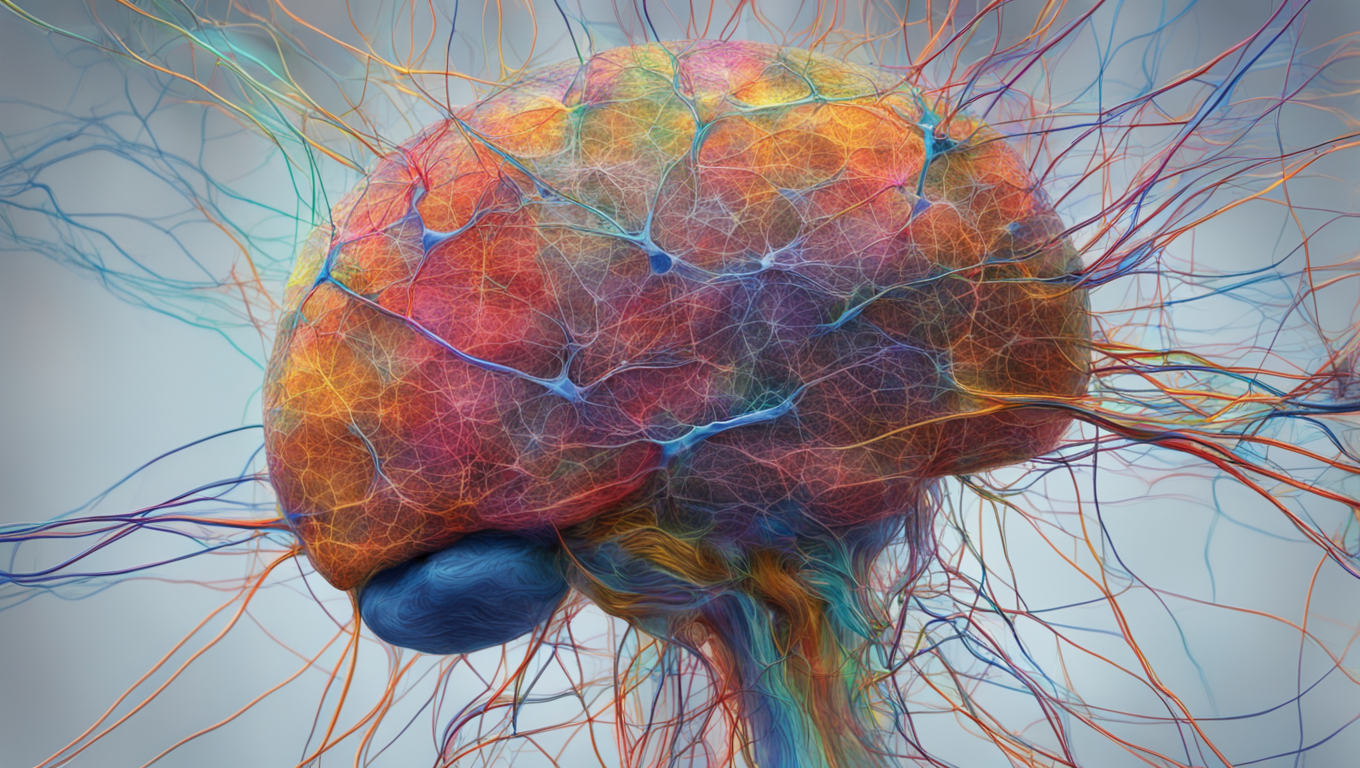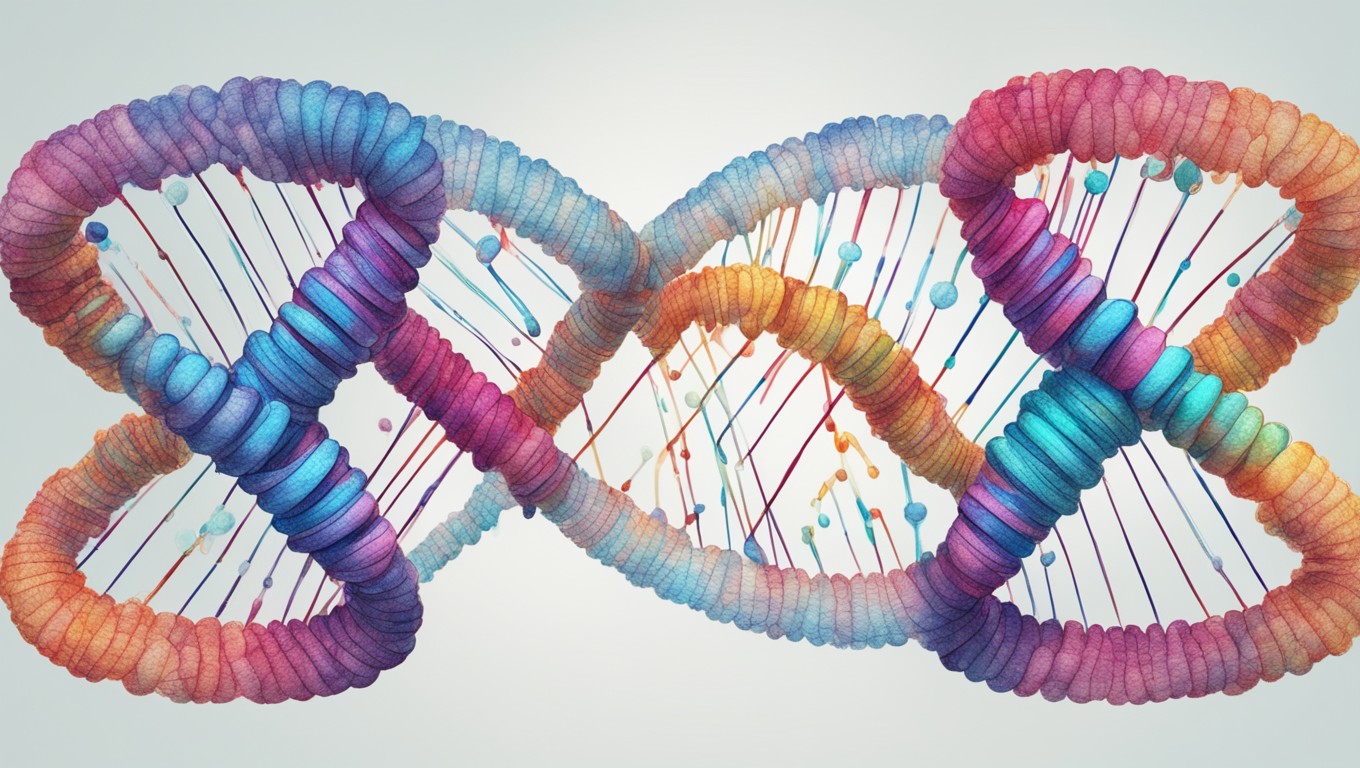Scientists at Harvard and Google have developed a 3D map of a small section of the human brain, providing an unprecedented level of detail. The map reveals the intricate networks formed by approximately 57,000 neurons, 9 inches of blood vessels, and 150 million synapses. Dr. Jeff Lichtman, a professor at Harvard, expressed his amazement at the level of detail, stating that he had “never seen anything like this before.”
This groundbreaking map was created through a combination of advanced microscopy techniques and machine learning. The researchers used high-speed electron microscopy to scan thousands of slices of brain tissue, each measuring only 30 nanometers in thickness. These slices were then analyzed using machine learning algorithms developed by Google, which identified objects in the images and created a 3D rendering of the entire sample. The resulting 3D map contains an enormous amount of data, totaling 1.4 petabytes, or 1 million gigabytes.
The map offers several surprises and insights into the structure and function of the human brain. The researchers discovered that some axons, the outgoing wires of neurons, formed intricate knots or whorls, which were described as “mysterious but beautiful.” Additionally, they found rare connections between neurons, where singular axons were linked to up to 50 synapses. The function of these connections is still being investigated but may be related to fast responses or important memories.
It is important to note that each person’s brain is unique, and it is unlikely that brain tissue samples from different individuals will look the same. The wiring of the brain is influenced by an individual’s experiences and may vary widely. However, the researchers are planning to expand their mapping efforts by examining the entire brain of a mouse, starting with the hippocampus, a region critical for learning and memory.
This groundbreaking research opens up new possibilities for understanding the complexity of the human brain. By mapping the intricate connections between neurons, scientists can gain insights into brain function and potentially unlock the secrets of neurological disorders such as epilepsy and Parkinson’s disease. The ability to visualize the brain at such a high resolution is a significant step forward in our understanding of this enigmatic organ.
Dr. Lichtman commented on the significance of this achievement, stating, “We have already begun the ambitious task [of mapping the entire mouse brain]. This is just the beginning of what we can learn about the brain and its inner workings.” With further advancements in microscopy and machine learning, the mysteries of the human brain may soon become more accessible and solvable.





Use the share button below if you liked it.